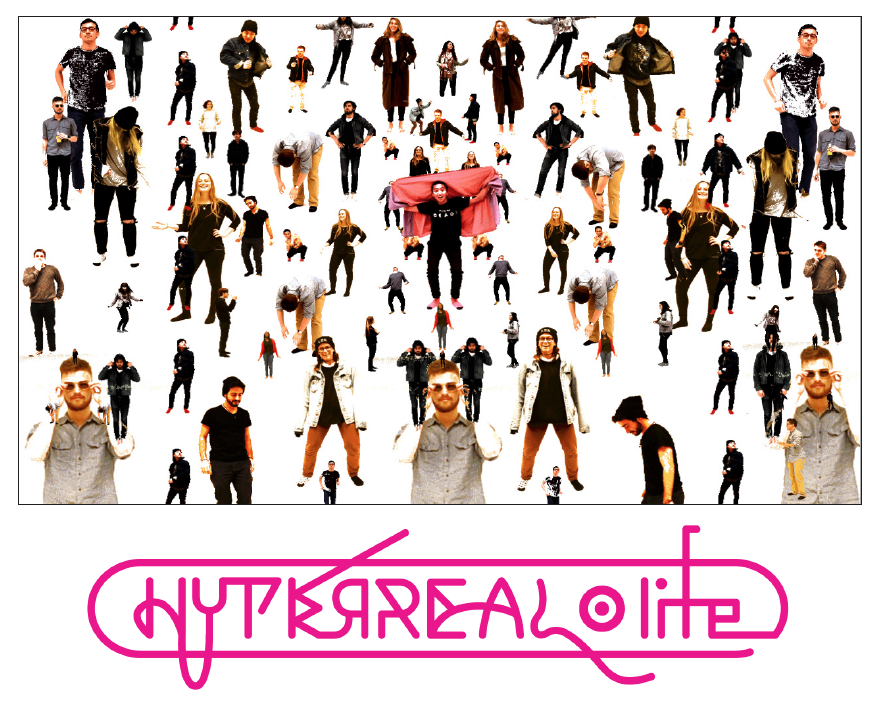
Hyperreality: New Paradigm of Visual Studies
Everything that is seen is now subject to all manners of increasingly sophisticated distortion, ranging from the curated types of images that are being perpetuated to photo editing softwares to 3D rendering. This is not just the work of those in positions of cultural power; every user of the internet has the capacity to participate in this distortion. Users are able to fragment, collage, and curate their visual experience of the world, and whether their new virtual world is rooted in ‘reality’ as we have come to understand it is entirely up to him or her. With the onset of a new visual reality which is increasingly blurring the line between what is ‘real’ and what is distorted, the term coined in the 1980s, hyperreality, is becoming more important than ever before. First defined as a “A real without origin or reality” by Jean Baudrillard, the term has become less of a novel philosophical concept, and more of an ethos. We have entered into the age of hyperreality, and there is no turning back. Hyperreality is the new paradigm of visual culture and beyond, and as we move forward with it, we must critique it and be aware of its status as a driver of culture.
My thesis installation seeks to explore these questions of new ways of making and perceiving visual content, as well as the increasingly blurred line between an idealized representation of life, and life as it exists in the real world.
Sector C: Art Practice and TechnologyAdvisers: David Comberg (FNAR) | Ian Verstegen (VLST)

 Visual Studies
Visual Studies